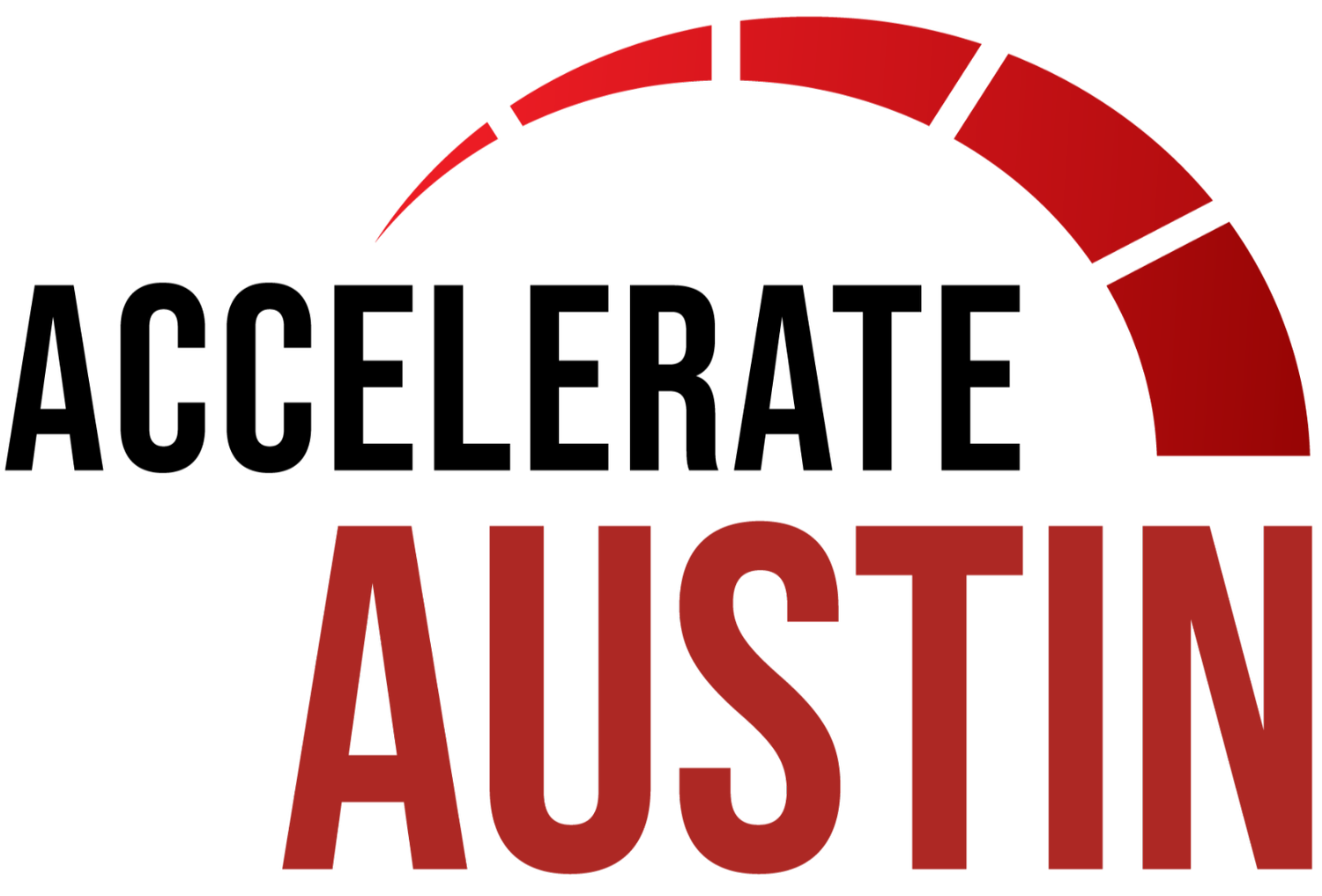
FAQs
ON THIS PAGE: Answers to questions about Our Challenges, The Plan, Cost, Voting
Our Challenges
-
Many of our facilities are 70 to 100 years old and no longer meet today's standards for safety, accessibility and learning. After three years of study and community input, the district has developed a plan to address our schools’ biggest needs while prioritizing resident feedback. For more information about our facilities challenges, please visit the Challenges Page.
-
The proposed plan would address key facilities challenges, including:
Accessibility Concerns. Restrooms, doors, ramps, locker rooms, and other areas need upgrades to ensure they meet ADA (Americans with Disabilities Act) standards.
Safety and Security. Neveln Elementary and Sumner Elementary need secure, accessible entrances. Upgraded fire alarms are needed to improve safety during emergencies.
Outdated Infrastructure. Major repairs and renovations are needed in all eight schools. Mechanical systems, HVAC, and boilers are outdated. Classrooms need updated cabinets and storage, new doors with safer locks and stronger glass, new windows, and repairs to damaged ceilings. Outer walls, doors, curbs, and pavement are damaged. The Bud Higgins Pool at Ellis Middle School needs repairs and a deeper diving well to meet current standards.
For more information about our facilities challenges, please visit the Challenges Page.
-
Yes. In recent years, Austin’s peer districts such as Owatonna (2019), Mankato (2023), and Northfield (2024) have passed bond referendums — each exceeding $100 million — to address similar facilities needs. These types of investments are not unique to Austin Public Schools.
the plan
-
Since 2022, the district has taken several important steps to plan for the future, starting with a long-term strategic plan. That same year, voters approved an operating levy to stabilize the budget and protect programming and electives. The district also began a facilities planning process, including a building assessment in 2023, and a 2024 pool study at Ellis Middle School—all revealing the need for major repairs. In 2025, after gathering input from the community and staff, the Austin Public School Board voted to propose a $66.7 million bond referendum to voters to address building improvements. Learn more on the Process Page.
-
Safe, healthy, and supportive learning environments help every student grow and succeed. A bond referendum allows our district to fund improvements to accessibility, safety, and learning areas without taking money away from student programming and education. These investments will create safer, more secure, and more functional school buildings that support high-quality education for years to come.
-
If Question One fails, the district would rely on Long-Term Facilities Maintenance (LTFM) funding to address building needs. However, LTFM funding is limited by law, falling short of what’s needed to complete major building improvements across all schools.
Delaying improvements could lead to multiple system failures at once, increasing costs and disruption. These systems don’t often fail one at a time, and multiple things could break down at once. We’re doing our best to stay ahead of these issues and prioritize the most urgent needs.
While our schools remain open, and teaching and learning will continue, aging facilities will increasingly challenge the district’s ability to provide safe, reliable and effective learning spaces for students and staff.
If Question Two fails… The Ellis Middle School pool is aging and costly to maintain. Without funding to repair or replace it, this valuable resource could be lost for good.
Closing the pool would affect middle schoolers who use it during physical education to learn a vital life skill: swimming. In Minnesota, where water safety is part of growing up, that loss would matter.
The pool is also used by our successful swim and dive team, made up of both middle and high school students. The local YMCA pool falls short − it lacks a diving well and is one lane short for hosting meets − making it unclear whether the team could continue without repairs to the school’s pool.
-
A study showed that investing in our current buildings would cost much less than building new ones. Additionally, a capacity study found that our current buildings have enough room for students now and into the future. The Austin School Board reviewed the costs and capacity study and agreed that it makes more sense to renovate the buildings rather than replace them.
-
Our long-term strategic plan has guided us to this point. Through careful planning, community feedback, and expert assessments, the school board has determined that now is the best time to invest in our buildings to prepare them for the future while maximizing value for taxpayers.
Waiting to address these needs could lead to costly emergency repairs. Delaying won’t change the need to invest in our facilities – but the cost to local taxpayers will likely increase due to inflation.
-
Our school buildings require ongoing maintenance. Our Long-Term Facilities Maintenance (LTFM) revenue has funded recent updates like new paint and LED lighting. However, LTFM funds are limited and cannot cover large-scale projects such as replacing outdated mechanical systems, upgrading electrical infrastructure, or addressing major safety and accessibility issues. These are expensive needs that go beyond the scope of our annual maintenance budget. Voter-approved funding allows the district to make big, critical investments that our schools need to remain safe, efficient, and supportive of student learning for years to come.
-
Over the past few years, we’ve made steady improvements across our schools to ensure that facilities are safe, welcoming, and ready for learning.
These projects are part of our ongoing commitment to care for our schools, while ensuring that students and staff have the spaces they need to succeed. However, it’s important to note that these improvements fall within the scope of our annual maintenance budget and other capital tools – which are limited in size and intended for routine upkeep.
Playground Upgrades
Brand-new playgrounds at Sumner and Neveln Elementary
Fresh play surfaces and updates at multiple elementary sites
Classroom & Learning Spaces
Converted the district to LED lighting to meet 2026 compliance requirements
New flooring and paint in Southgate and Banfield classrooms
Reconfigured classrooms at Neveln to create more usable space
Updated hallway finishes at Austin High School
Athletic & Activity Spaces
Refinishing of Ove Berven and Packer gymnasium floors at AHS
Work is underway on the Ellis auditorium
New diving board at Ellis pool
Christgau Hall painting and video/sound upgrades
Updates to Hastings Gym and Paulson Tennis Courts
Campus Improvements
Parking lot repairs at Banfield and Sumner
Brick and exterior updates at Austin High School
More substantial renovations to our schools, such as classroom modernization, accessibility and safety upgrades, or HVAC replacements, are not funded through annual maintenance. To address these critical needs and ensure our facilities remain safe, efficient, and conducive to learning, the district is pursuing a bond referendum.
-
No. The pool is compliant with current requirements and continues to be safe for use. The proposed updates as part of Question Two are about replacing aging infrastructure, modernizing the facility and planning for the future.
-
Standards for competition pools have changed over time. Adding depth to the diving well will bring it in line with current National Federation of State High School Associations (NFHS) standards, supporting long-term competitiveness and ensuring the district’s investment is future-ready.
-
The pool will remain in use. However, the facility’s infrastructure is aging—ventilation, filtration, and areas affected by rust and moisture damage. Without updates, the long-term reliability of the pool is at risk.
cost
-
Question One requests $54.7 million for major repairs and renovations of the district’s school buildings, including mechanical system upgrades, safer entrances, accessibility updates, bathroom repairs, and classroom renovations.
Question Two requests $12 million to renovate and expand the pool at Ellis Middle School.
For a median home valued at $200,000, the monthly property tax increase would be $16 per month starting in 2026 ($13 for Question One and $3 for Question Two). To determine your specific tax impact, use the tax calculator here.
-
To reduce the impact of a bond referendum on owners of farmland, Minnesota’s Ag2School tax credit offers a 70% tax credit to all agricultural property except the house, garage, and one acre surrounding the agricultural homestead. This is not a tax deduction – it is an automatic dollar-for-dollar credit, with no application required.
Through the Ag2School tax credit, the State of Minnesota will pay about $8.6 million (or 13%) of the project, if approved by voters. Learn more here.
-
The state of Minnesota offers property tax refunds based on household income and total property taxes paid, which could lower the cost of the referendum on a $200,000 home to $4-5 per month. In our district, 8 in 10 households may qualify based on household income. Please learn more here.
For additional property tax refund information, click here.
-
Every dollar in the referendum is tied to a specific project. Here’s how those dollars are used:
Construction costs: This is the money used for the actual work: building, repairs, construction materials, and labor. It covers items such as roofing, heating systems, windows, and classrooms.
Soft costs: These are the indirect, non-physical expenses necessary for a project's completion. This includes furniture, fixtures, and equipment necessary to furnish and equip the renovated spaces. Additionally, this includes inflation between now and when construction takes place, as well as expenses such as architectural and engineering work, permits and code reviews, testing (including soil, air, and water quality, as well as safety), inspections to ensure quality, and asbestos abatement. Soft costs are a necessary component of any construction project, extending beyond just "bricks and mortar."
Contingency: Contingency is funding set aside for unexpected changes such as hidden issues discovered during construction, or unexpected conditions that arise during the project lifecycle. It helps keep projects on schedule and avoids the need to request more money later.
Please see pg. 51 of the Review and Comment for more information.
Construction and Design
-
If voters approve the referendum, construction will begin in 2026, with all projects estimated to be completed by the 2028-29 school year.
-
If the bond is approved, the district will work closely with the construction team to minimize disruptions to the school day. Whenever possible, construction will take place during school breaks or summer months. During the school year, steps will be taken to separate construction zones from learning areas.
-
Projects will be staged to minimize disruptions to students throughout the construction process.
voting
-
Election Day is Tuesday, November 4, 2025. Absentee voting will begin on Friday, September 19. Learn more on the Voting Page.
-
Yes. Absentee voting before Election Day will begin on Friday, September 19. Learn more on the Voting Page.
-
Yes, you can view a sample ballot here.
-
To vote you must be:
At least 18 years old on Election Day.
A resident of Minnesota for 20 days.
Not currently incarcerated for a felony conviction.
Not under a court order that revokes your right to vote.
Learn more here.
-
As a voter in Minnesota, you have many rights. Learn about them here.
Learn More
In the weeks to come, the district will be sharing more information about the referendum on this website, AccelerateAustin.org, and through various communications channels. Please use the Connect Page to reach out to the district with questions or feedback.
